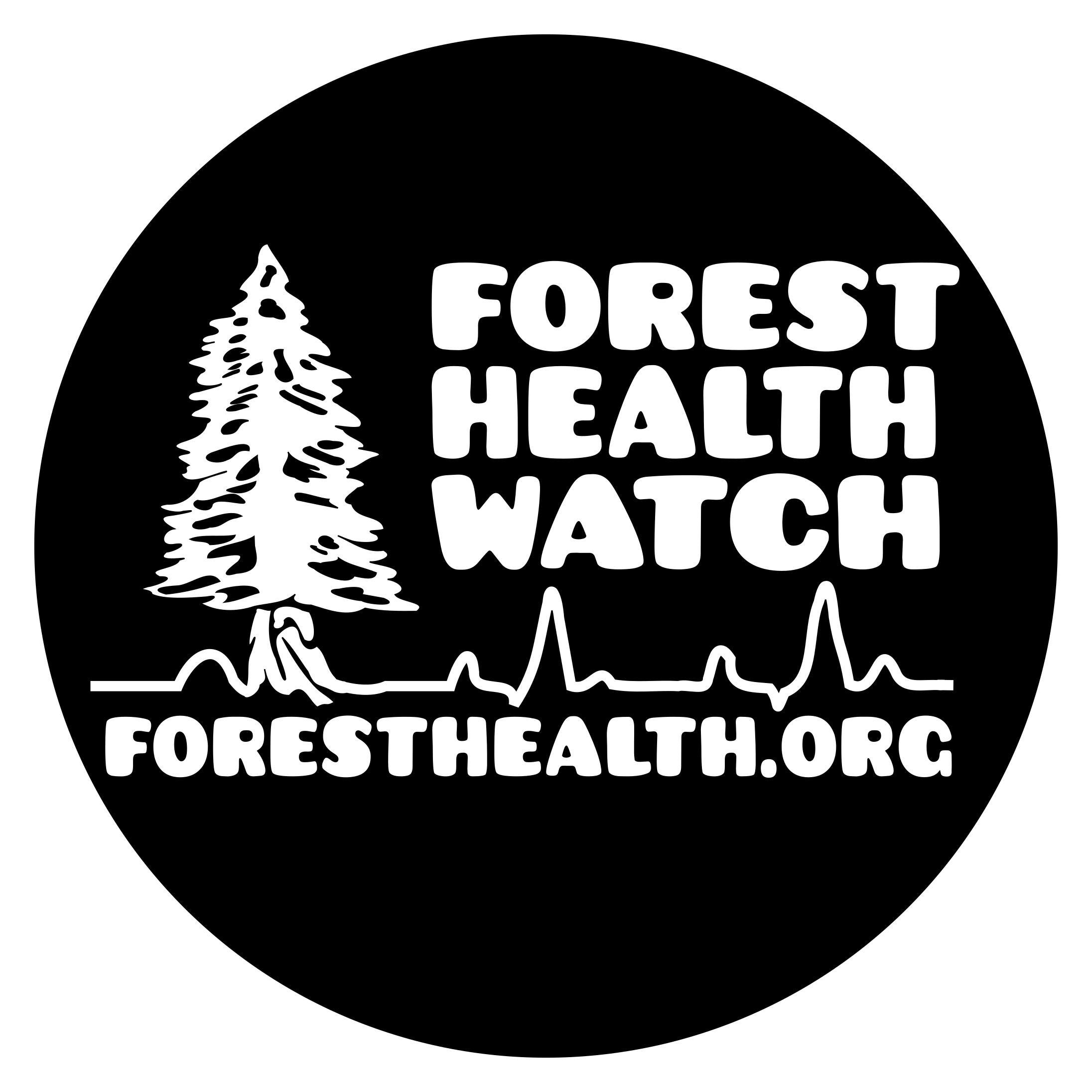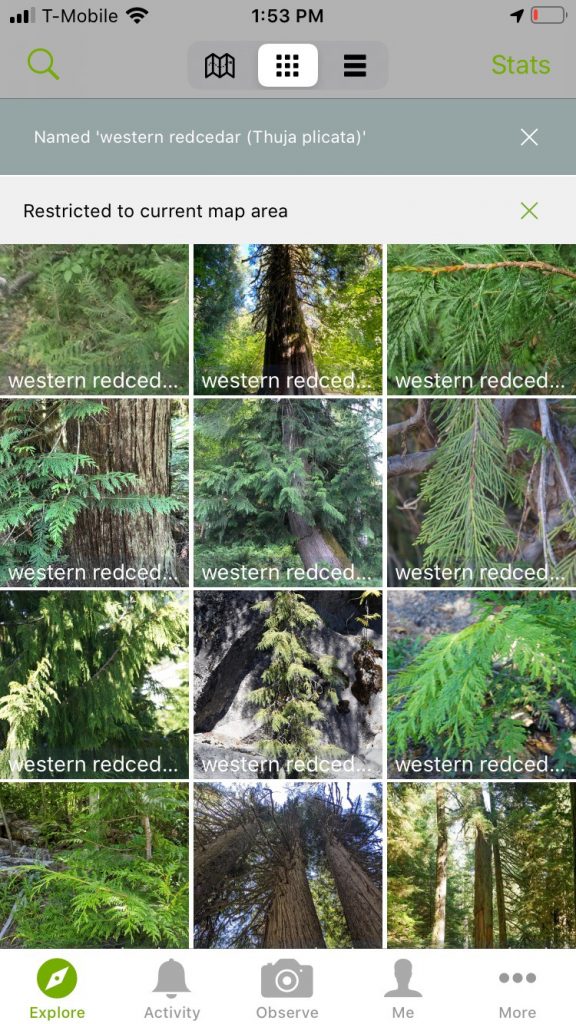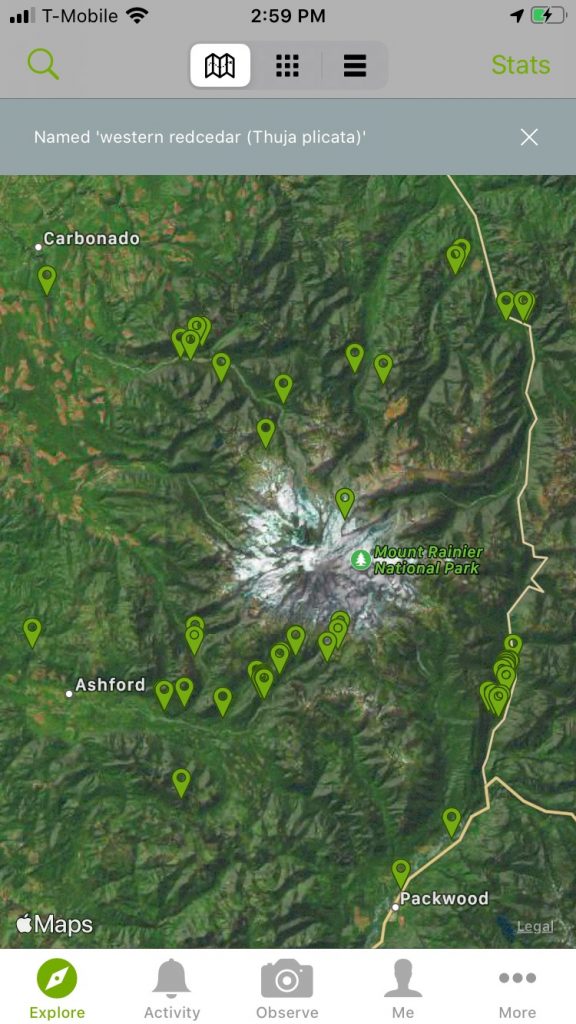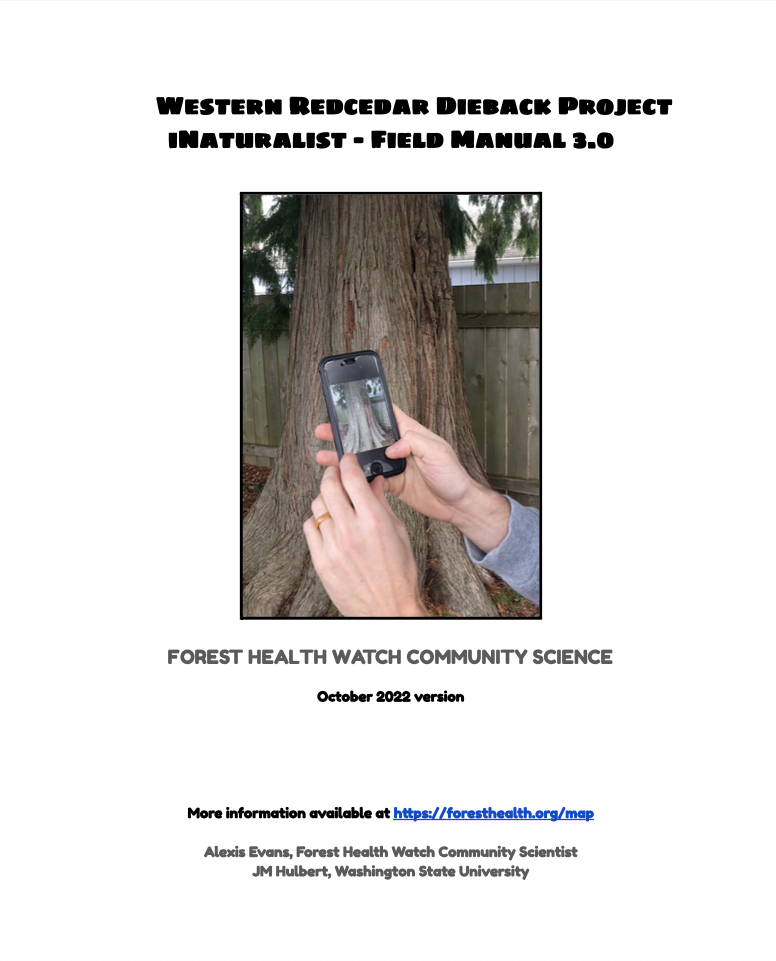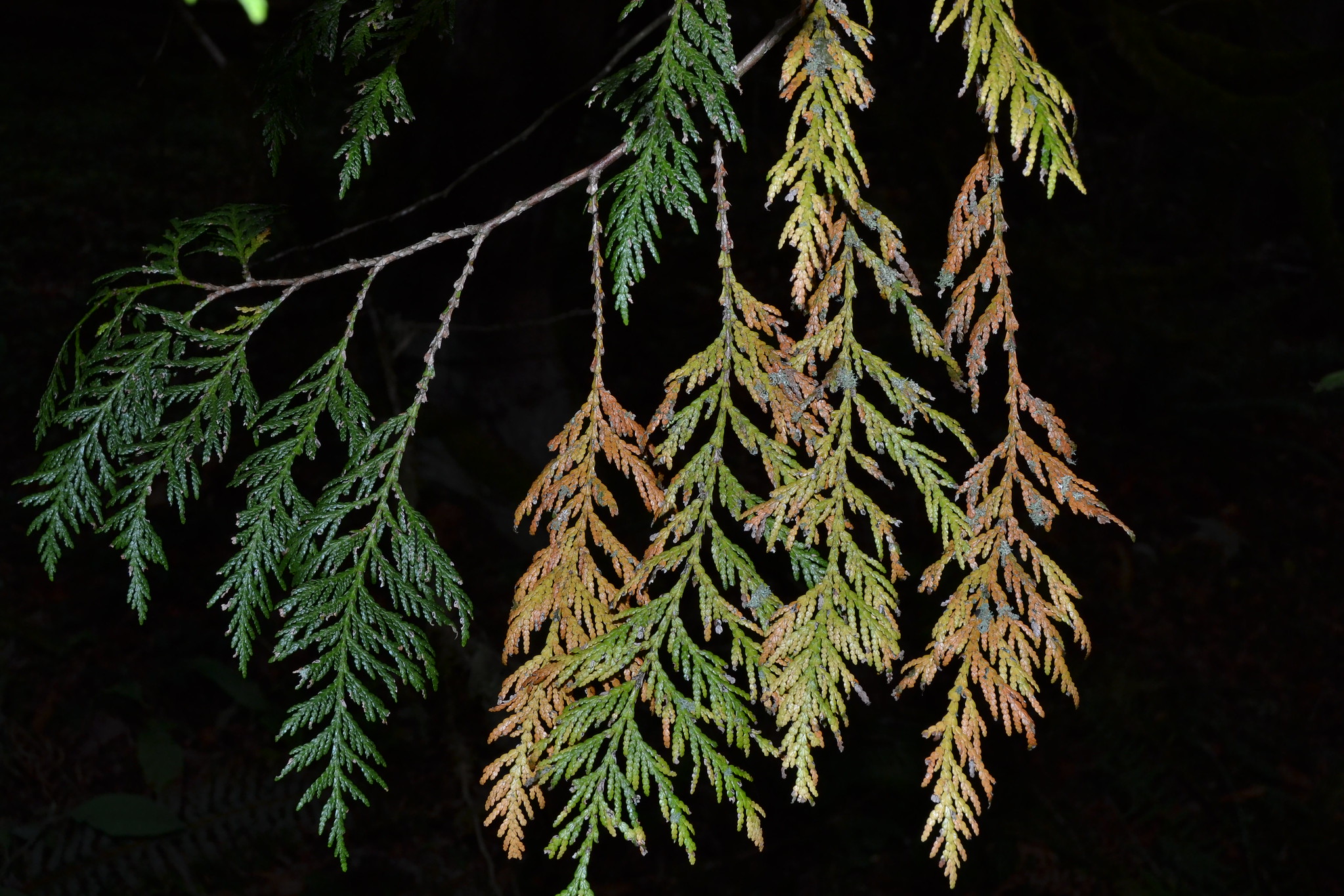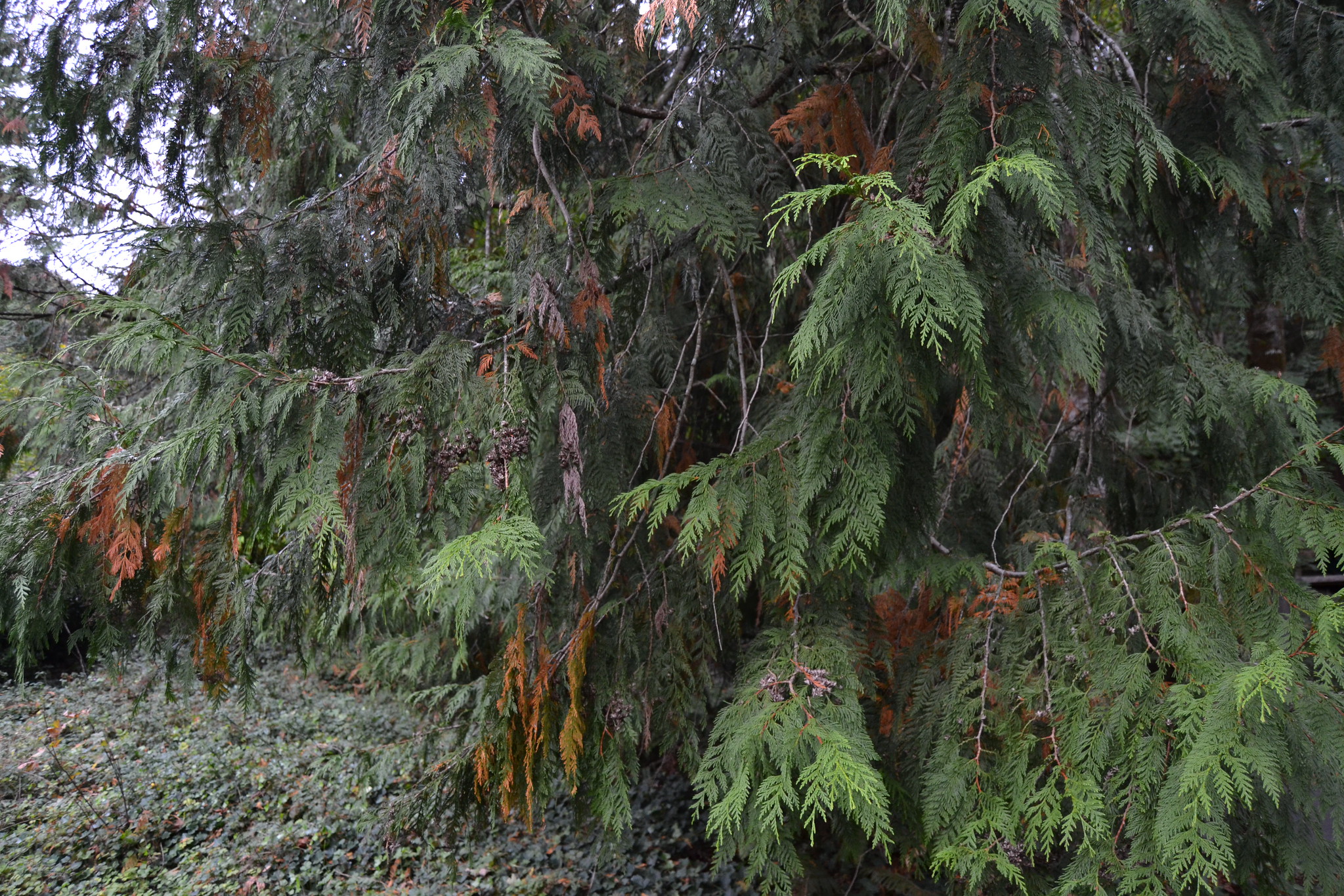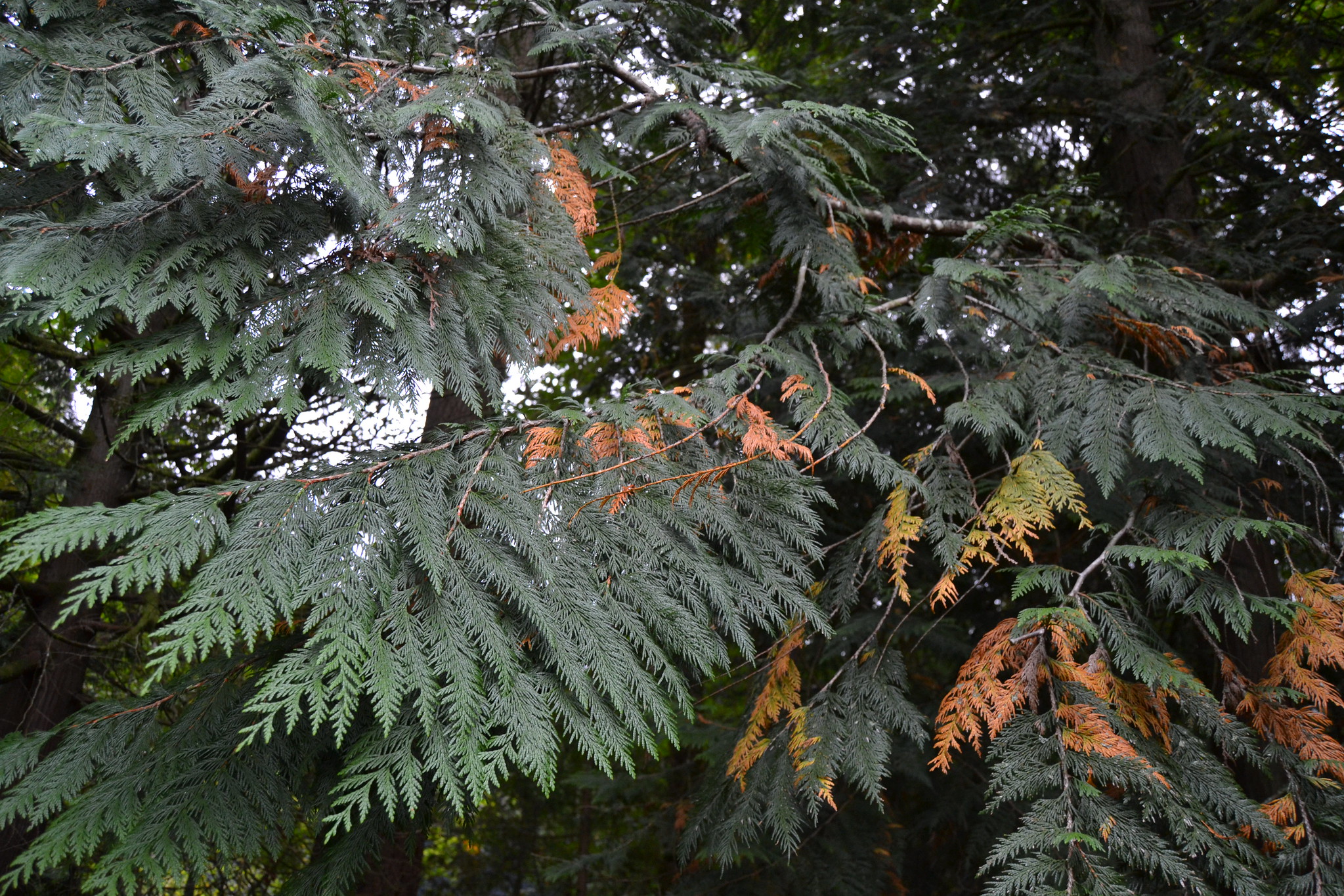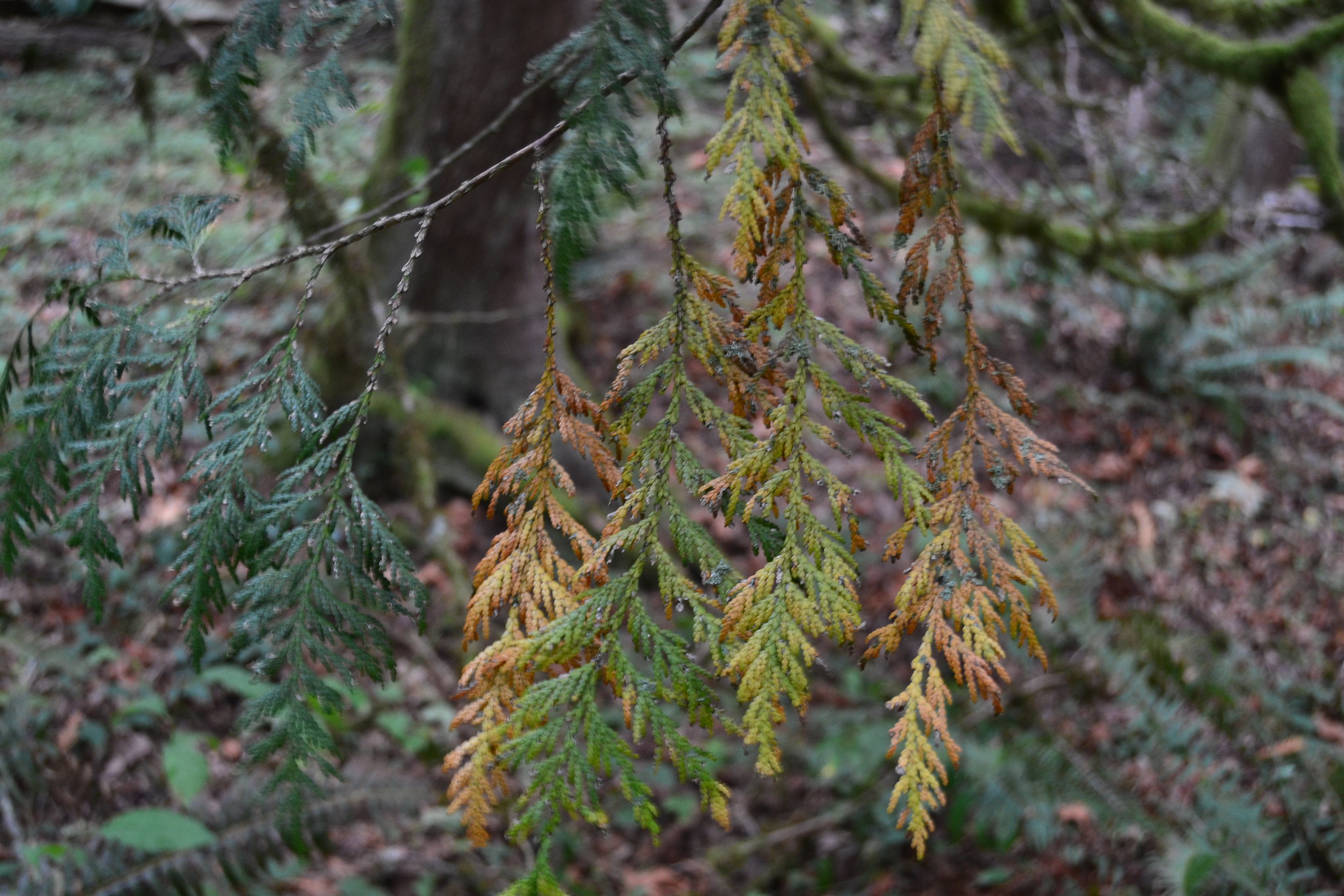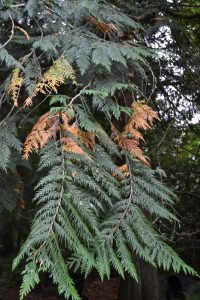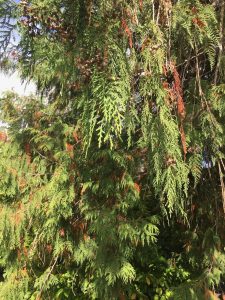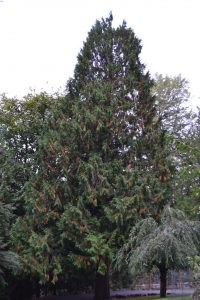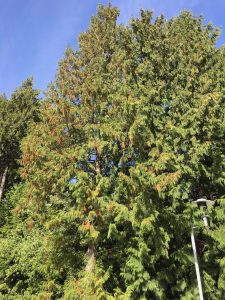iNaturalist.org is an smartphone application to collect and share observations. Download the app below, join the Western Redcedar Dieback Map project, and start sharing!
Share Your Observations!
Step 1: Create a login on iNaturalist and download the Mobile App
Step 3: Add an observation of a western redcedar tree
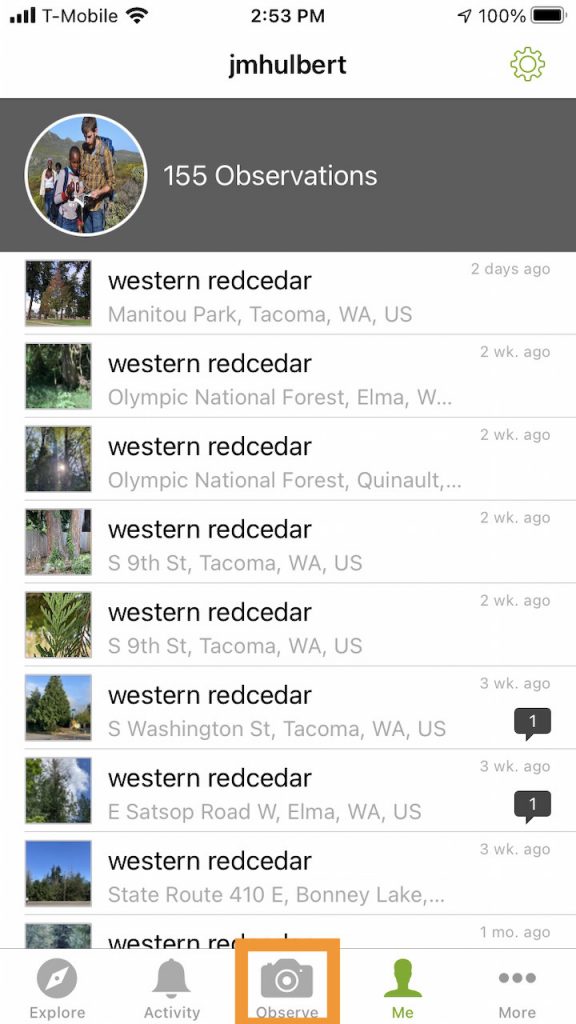
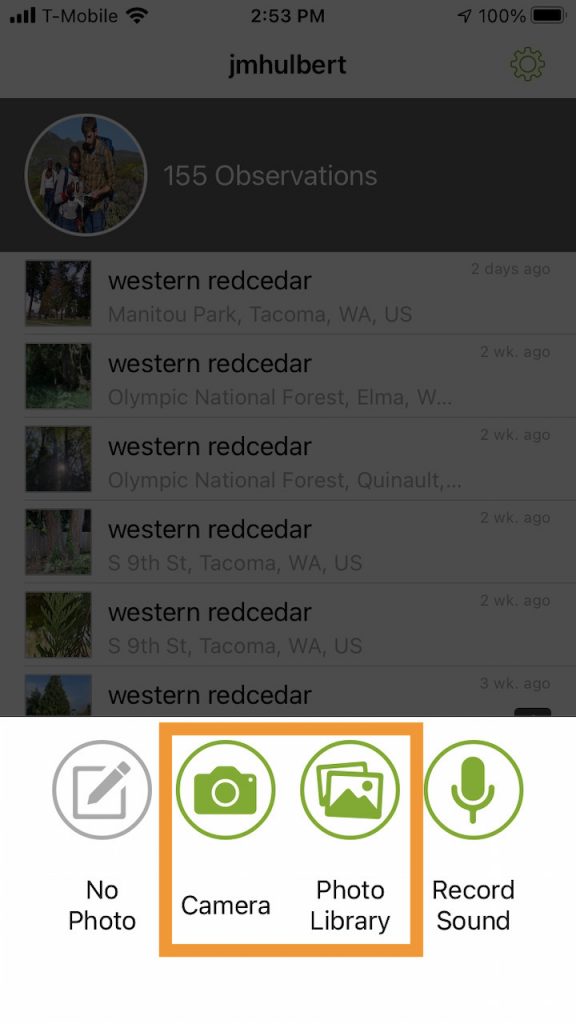
Include these four images if possible
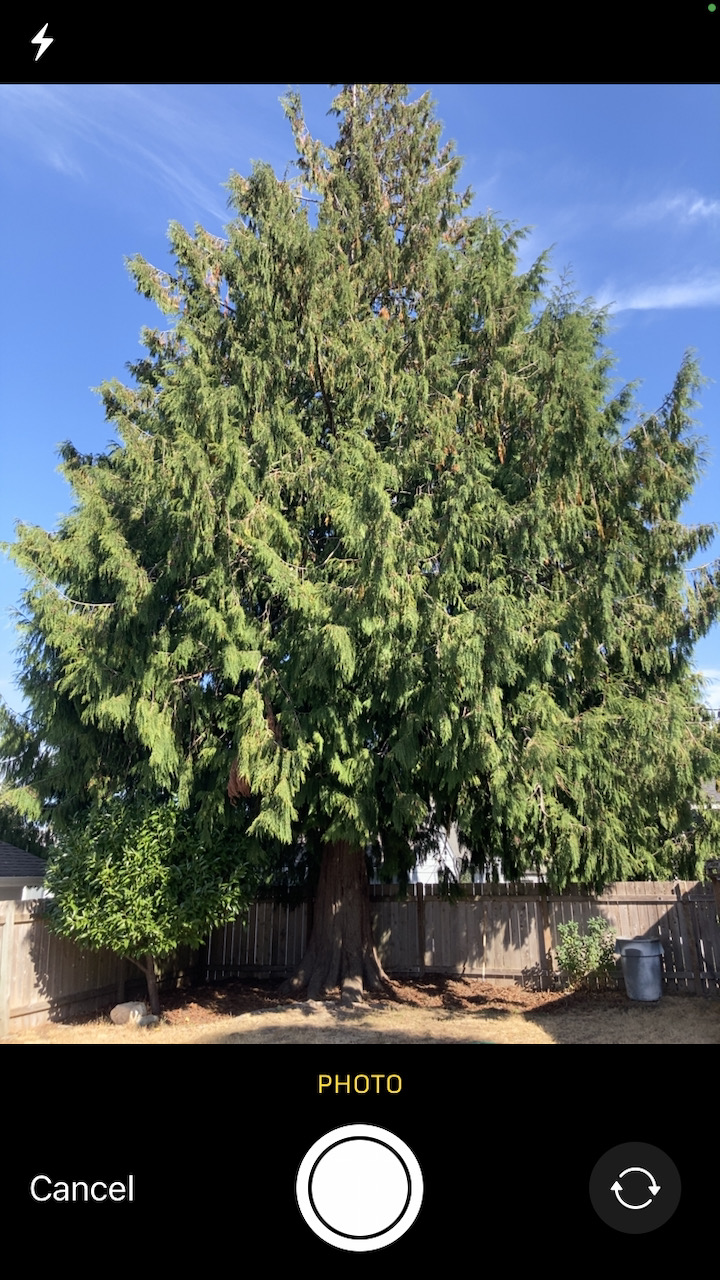
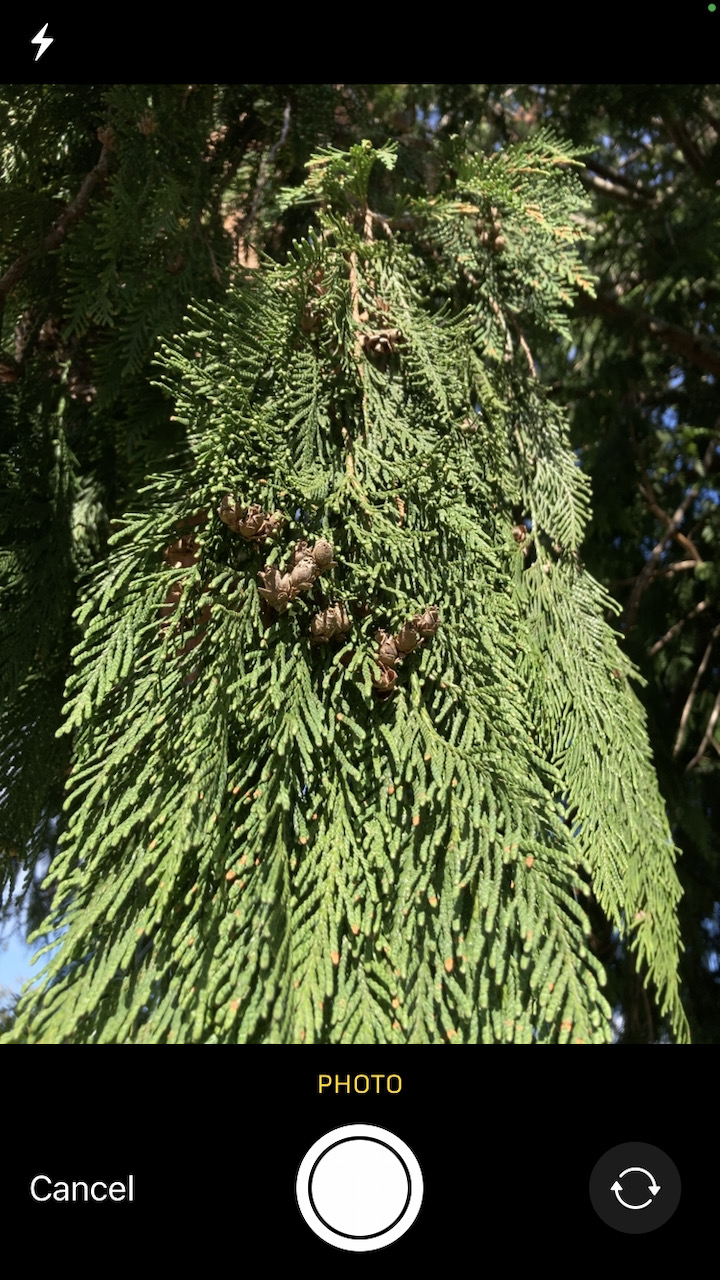
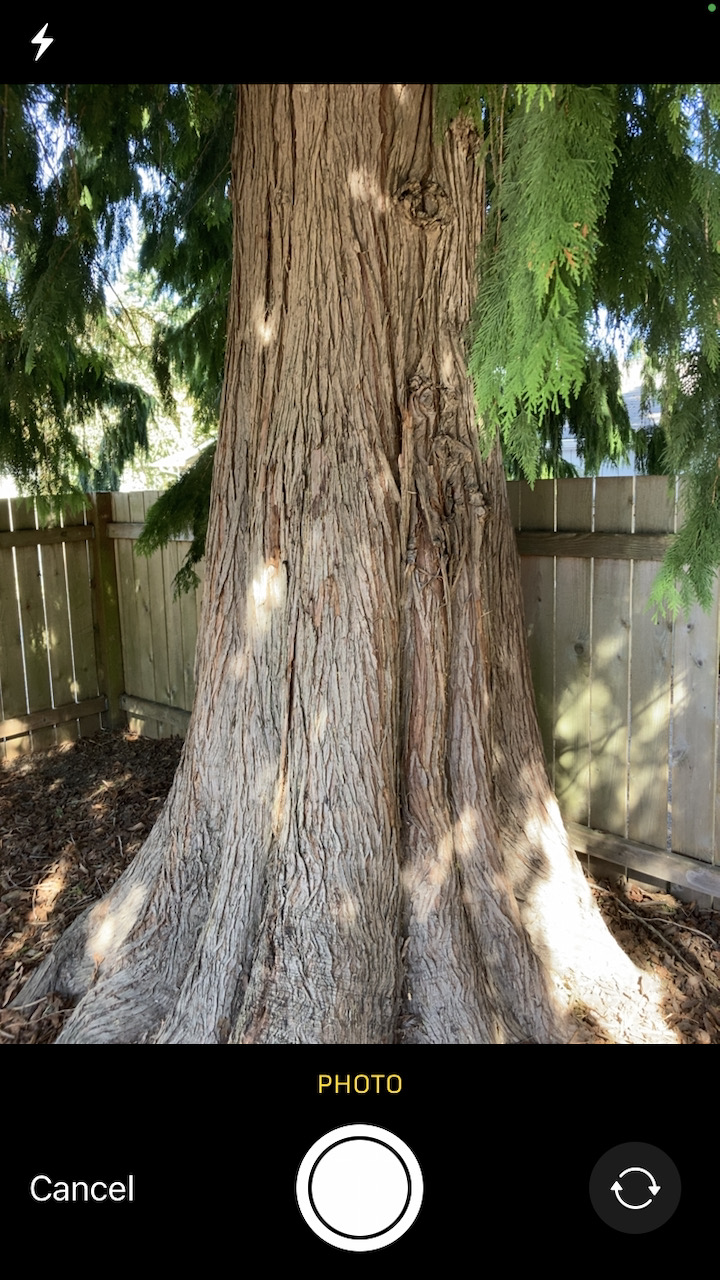

How to Use iNaturalist
Getting Started
iNaturalist has prepared an incredible guide for getting started. Check it out for step by step instructions and photos like the one below.
iNaturalist Observations

Contributing to the Western Redcedar Dieback Map
- Download the application
- Create an account
- Join the Western Redcedar Dieback Map project
- Add an observation that includes a photo of a western redcedar tree
- Indicate that you want to add the observation to Western Redcedar Dieback Map
- Answer the extra required questions about the observation.
- Save the observation!
Step 4: Tag the 'Western Redcedar Dieback Map' project
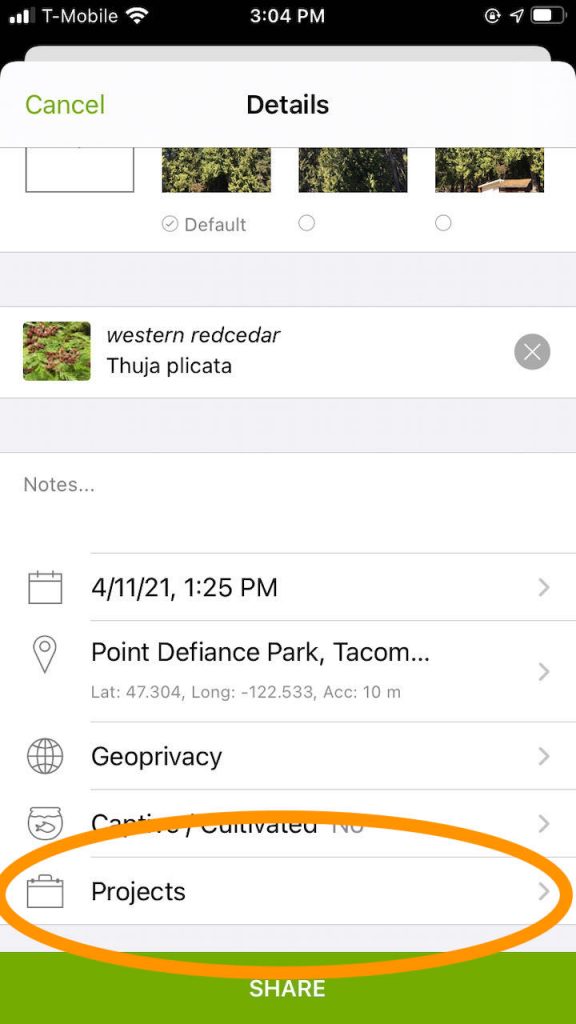
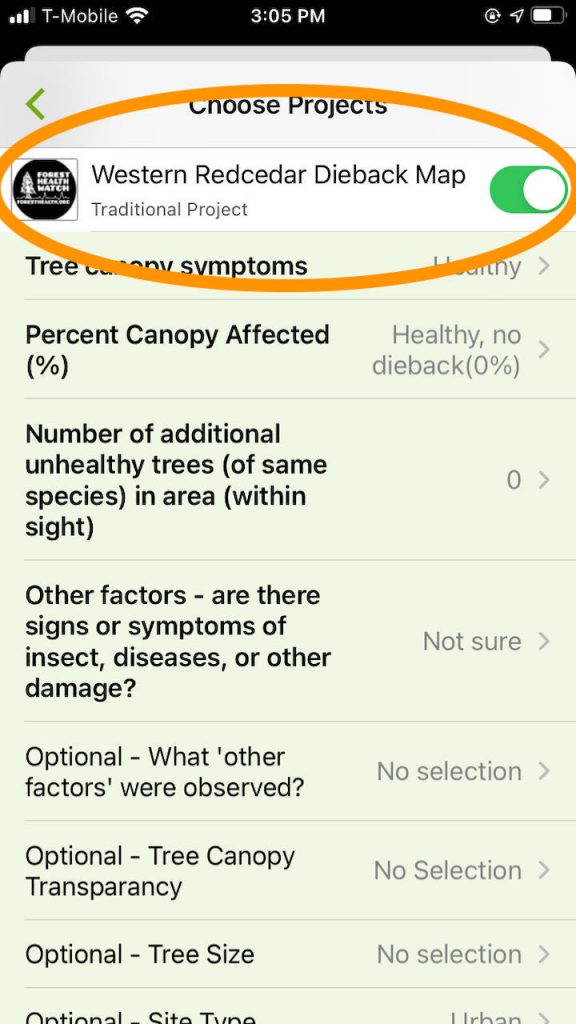
Step 5: Answer Project Questions
More information about the questions in the iNaturalist project are provided below.
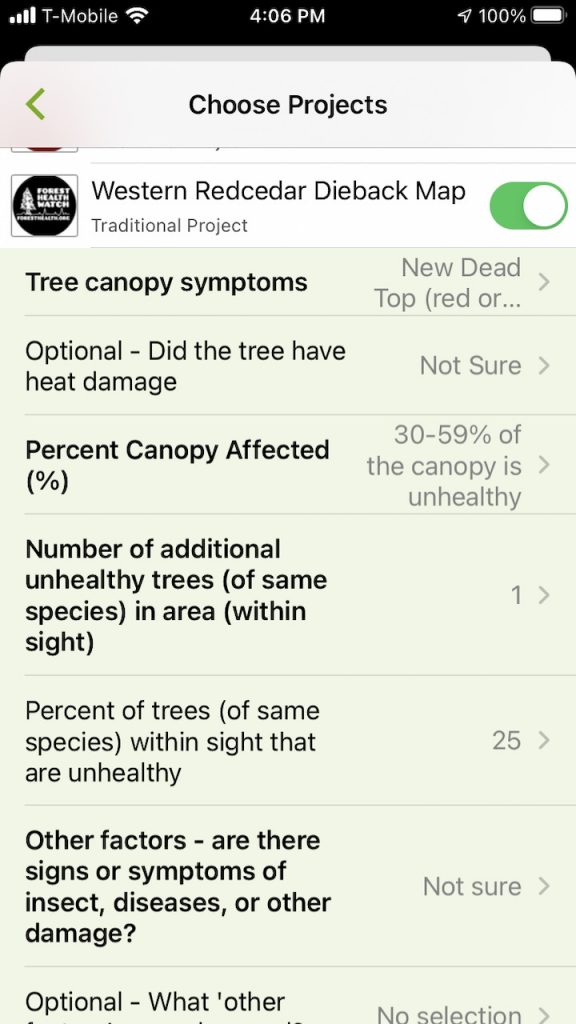
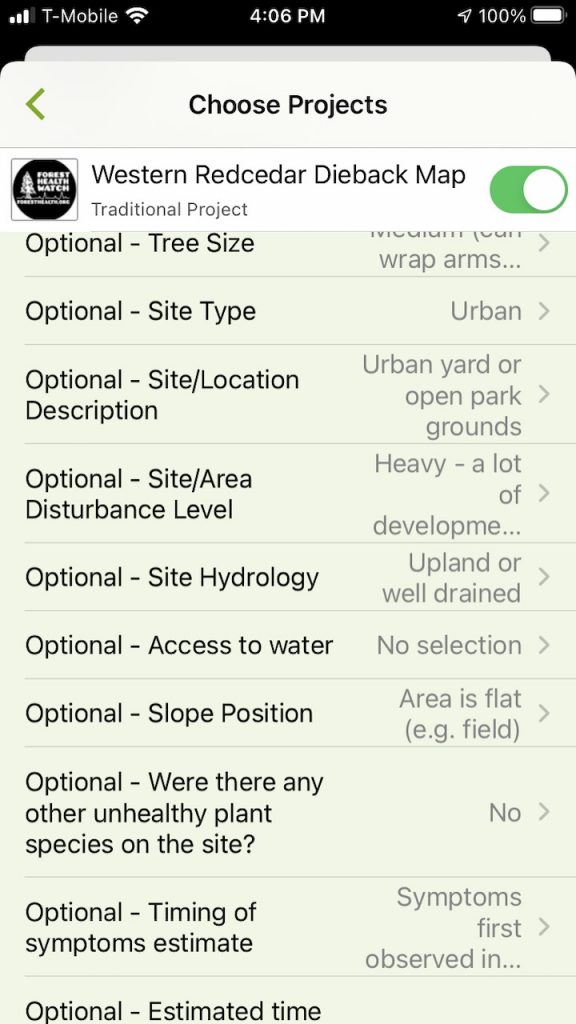
Tree Canopy Symptoms
Please indicate the type of tree/tree canopy symptoms
(e.g. if you can see through the canopy more than normal, please indicate ‘thinning’. Similarly, please indicate if the tree has a dead top or if the tree canopy is browning).
Percent Canopy Affected (%)
If the tree is unhealthy, please indicate how much of the canopy is affected. Please ignore old dead branches in the lower canopy and focus on recent dieback.
Number of Unhealthy Trees
Please estimate the number of additional unhealthy trees in the area.
(e.g. indicate 0 if all trees are healthy, indicate 1 if only one unhealthy tree was observed in immediate area, etc).
Other Factors
Please indicate if there are signs or symptoms of other factors that could affect the health of the trees.
Have more questions? Please don’t hesitate to contact us.
Common Dieback Symptoms
Top Dieback
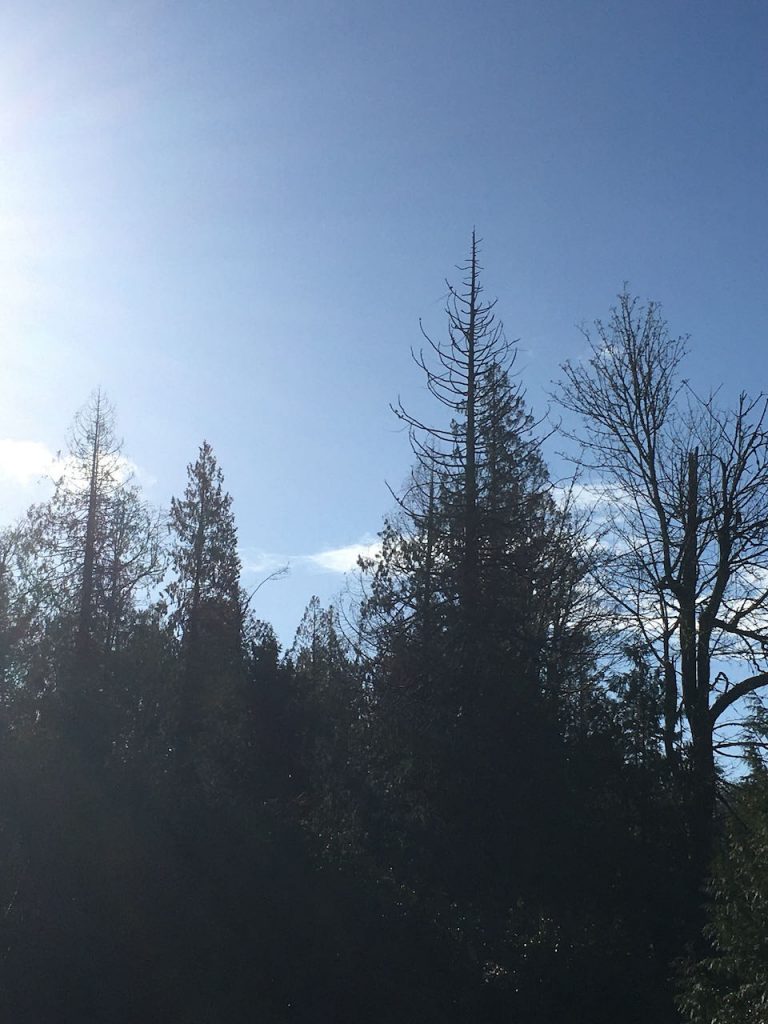
Brown Canopy

Thinning Canopy

Note if 'other factors' could be involved
Below are some other possible factors involved in redcedar dieback. Note that the bark was peeled off to reveal these factors.
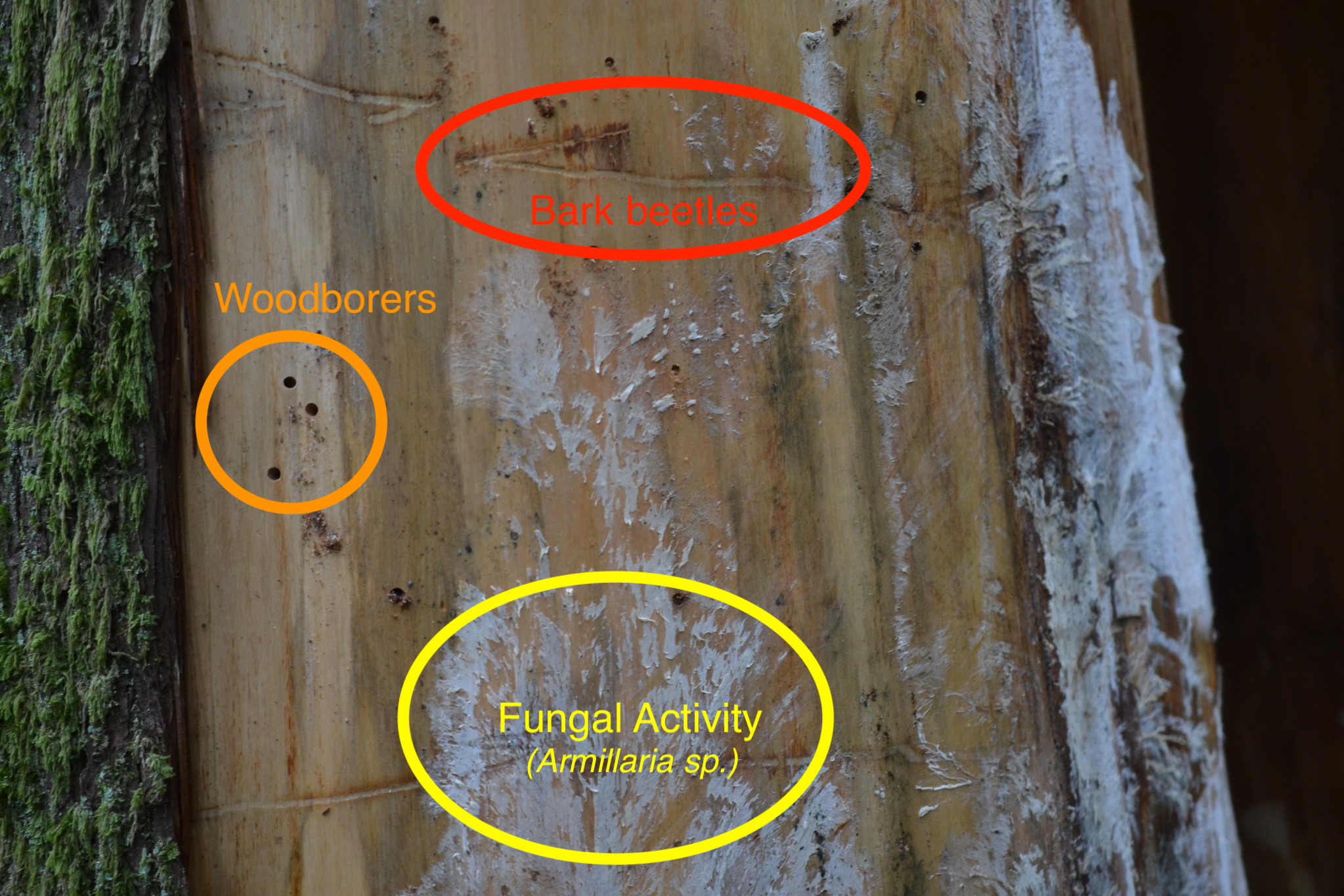
Please note: redcedar trees drop old needles in fall
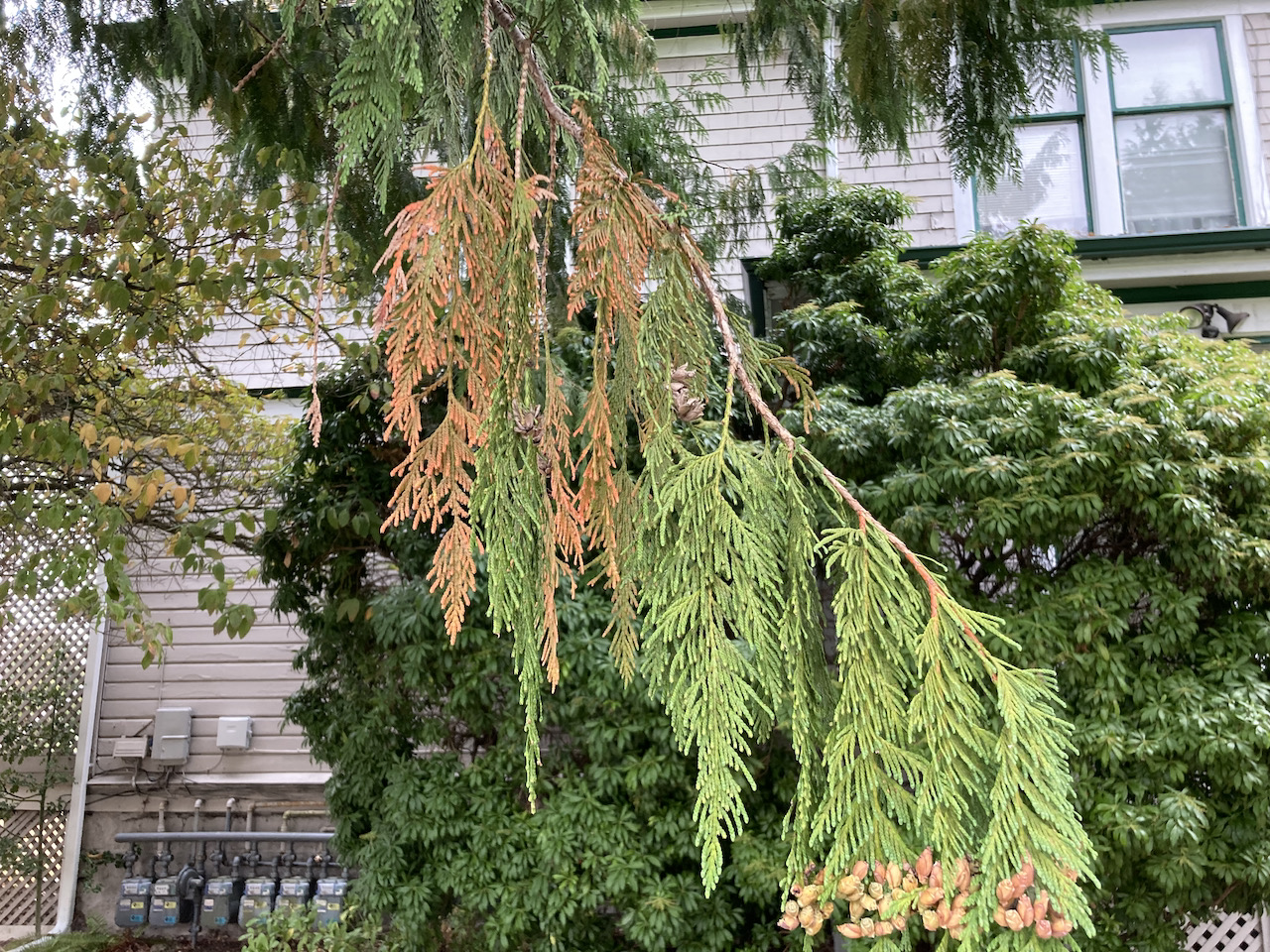
Step 6: Share the observation!
Click Share and Celebrate!
Click share after adding photos, identifying the tree, adding a location, tagging the Western Redcedar Dieback Map project, and answering the project questions.
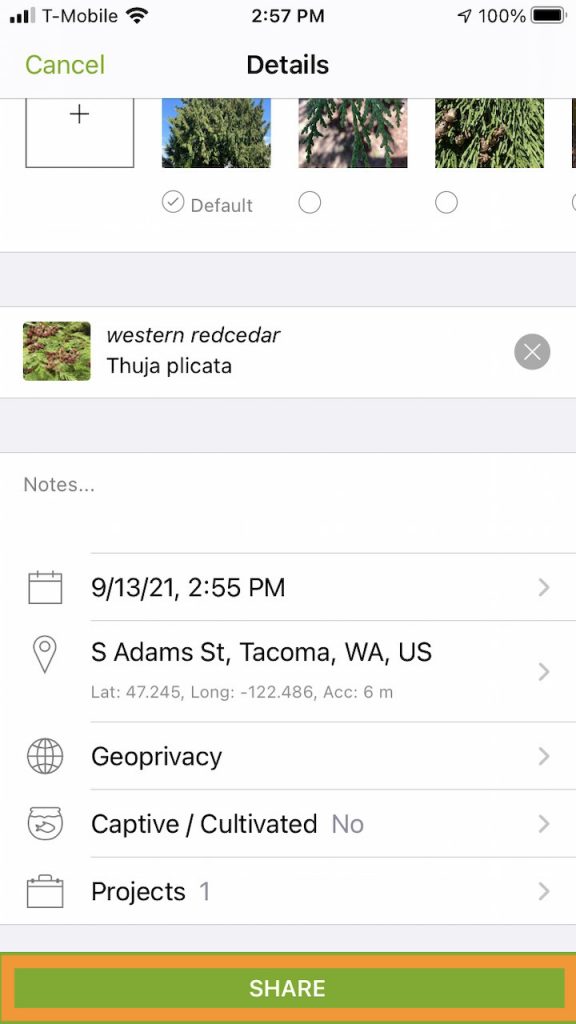
Woohoo! You've now helped accelerate research!
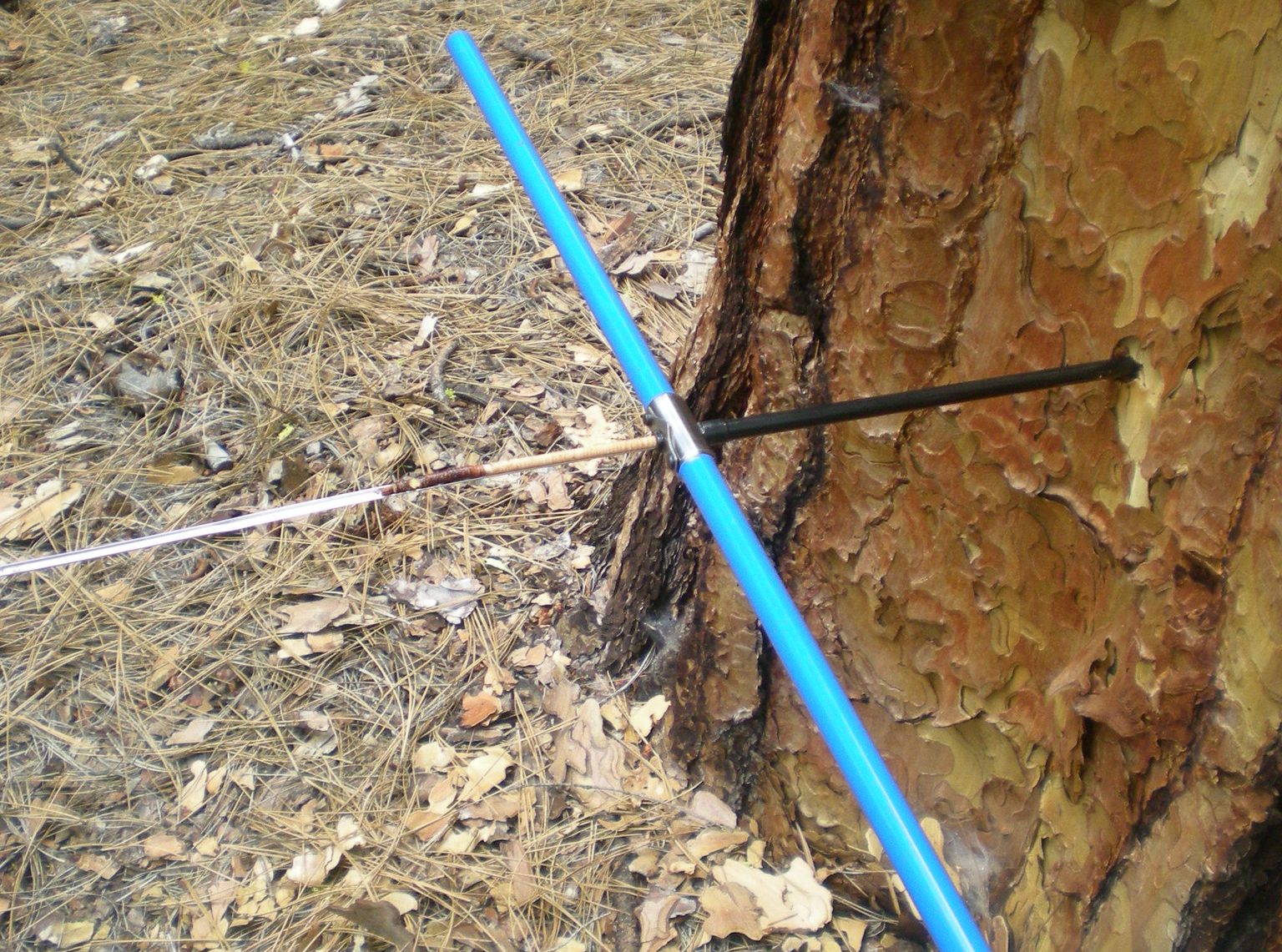
Want to collect more data or set up permanent plots?
Our partners in federal and state agencies have developed a more robust tool on Survey123 to measure stands of western redcedar and collect samples. Please contact Christine Buhl (OR), Betsy Goodrich (WA), or Melissa Fischer (WA) for more information.
The Data
Openness
Help science go faster! All observation data collected in the iNaturalist project are open and available to anyone.
Privacy
Users can choose not to disclose the exact location of the observations when uploading them to iNaturalist.
Please contact us if you have additional concerns about how the data will be stored or used.
Collaboration
Although the data is open, we request that researchers contact us if they are interested in using the data.

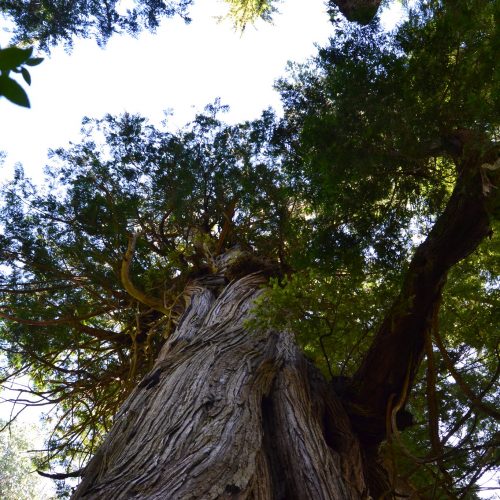
The Analysis
Landscape Patterns
Observation data will be used to identify patterns in the distribution of the western redcedar decline.
Common Site Characteristics
Questions have been added to the iNaturalist project to help identify common site characteristics.
Relationship with Climate
Overlay analysis will be completed to evaluate the relationship between historical climate data and patterns of decline.
Please contact us to collaborate or request for more information.

